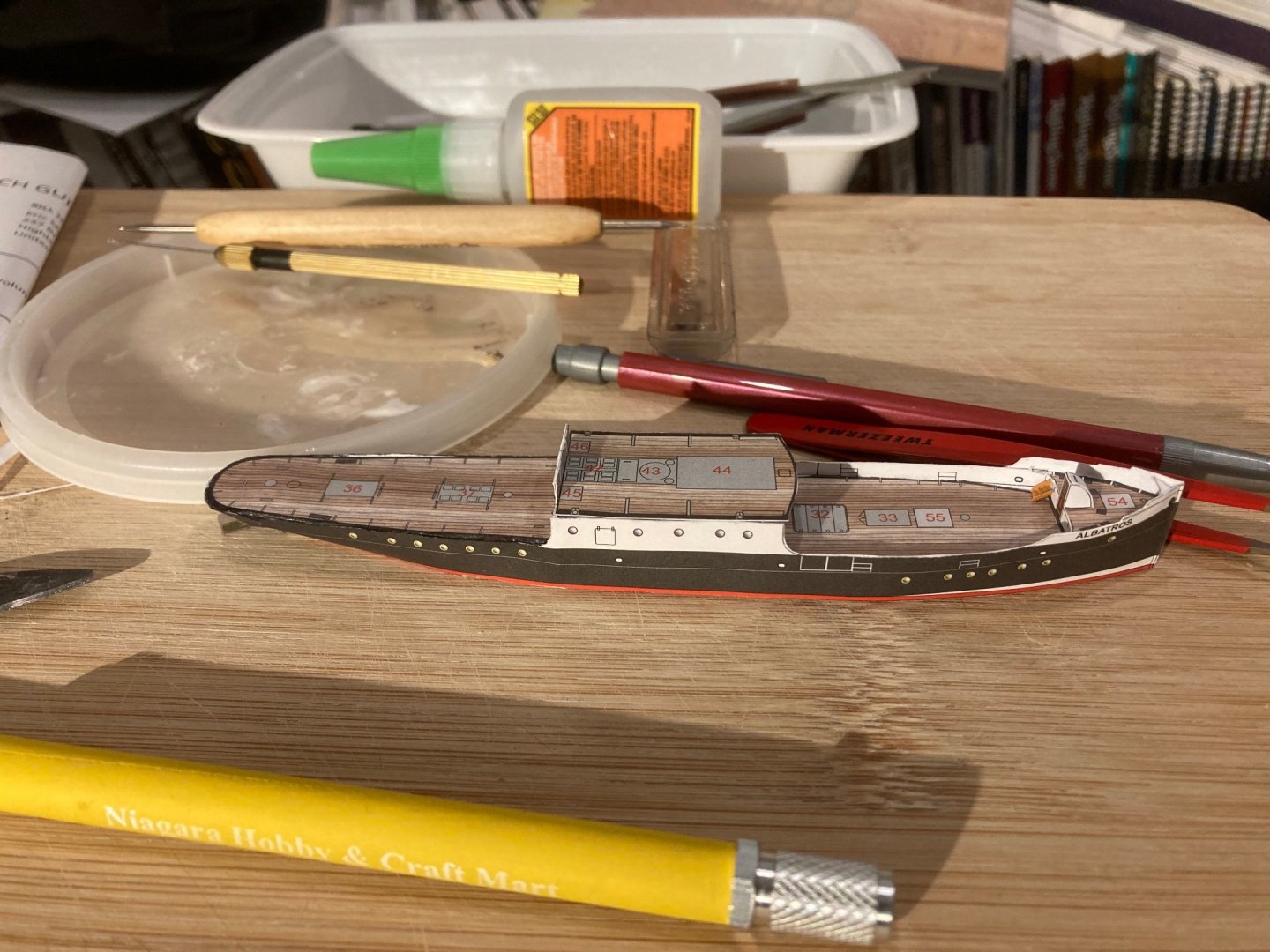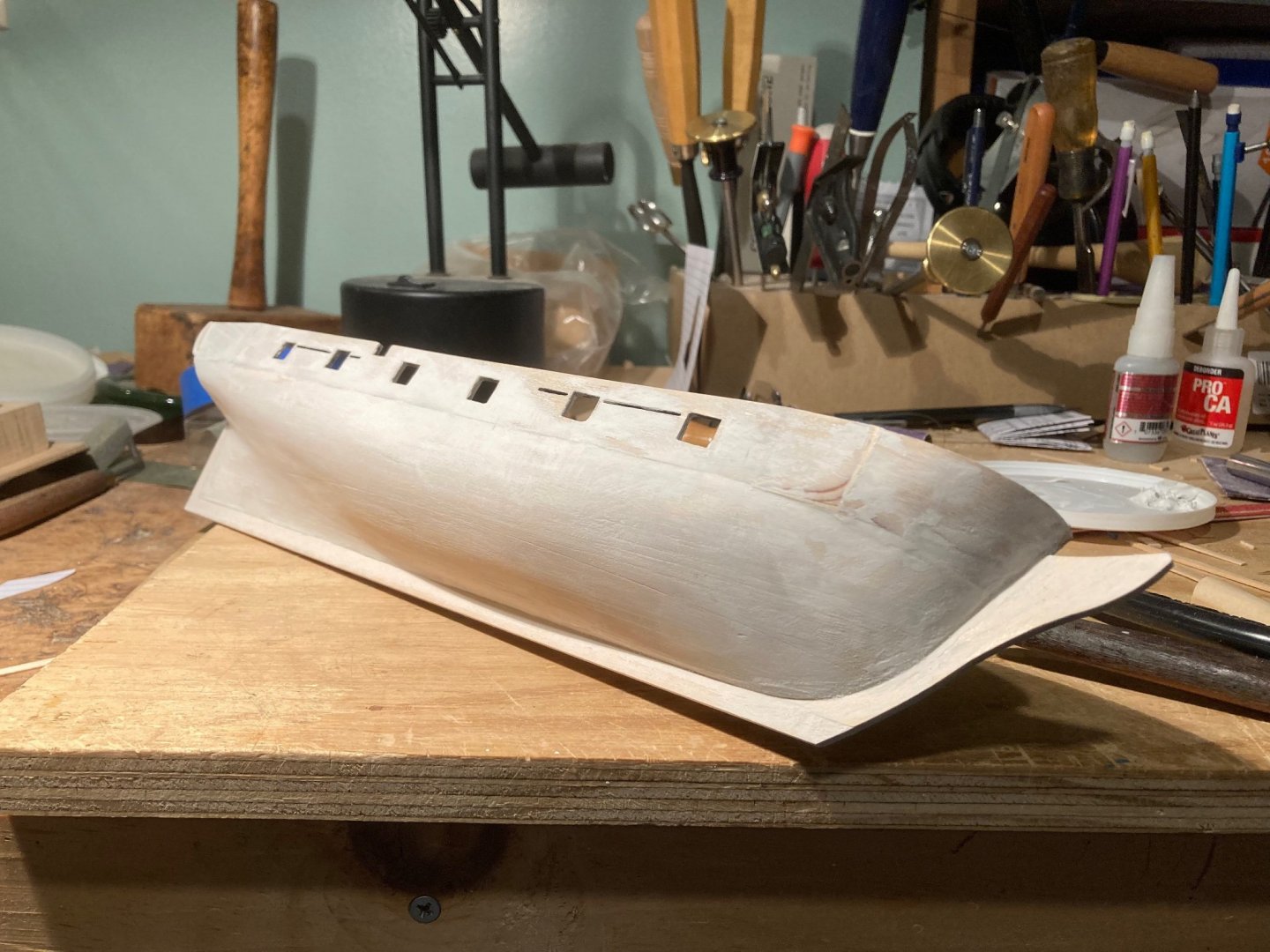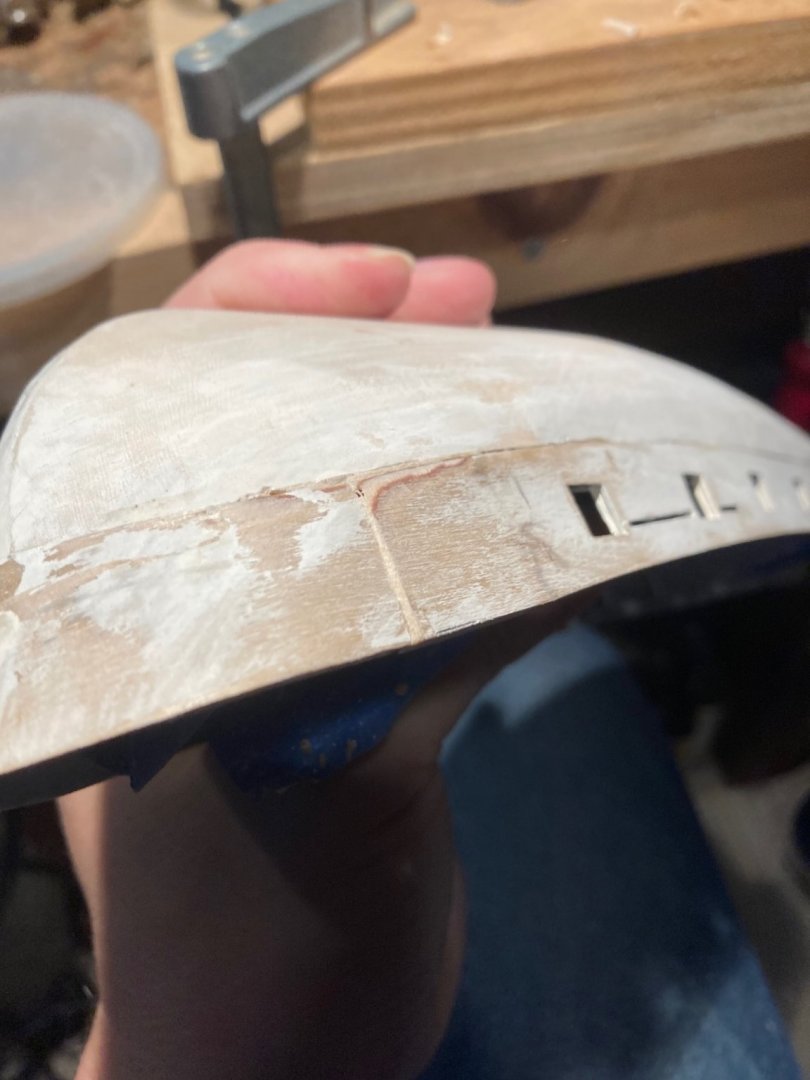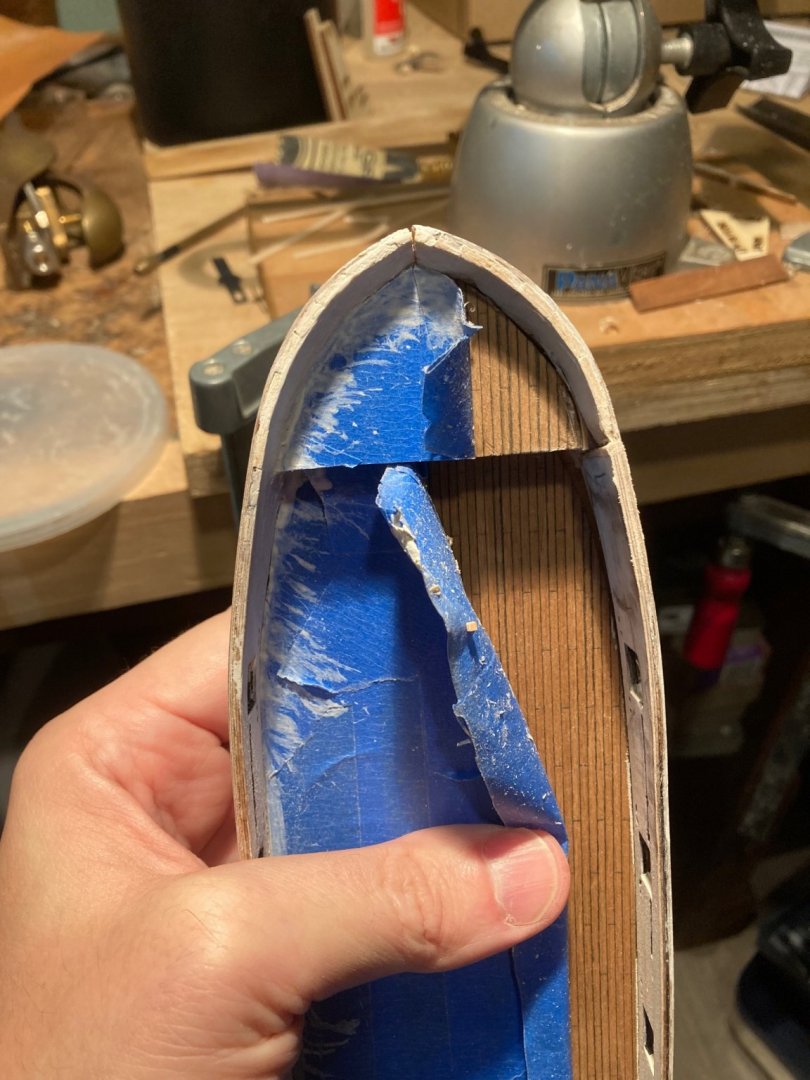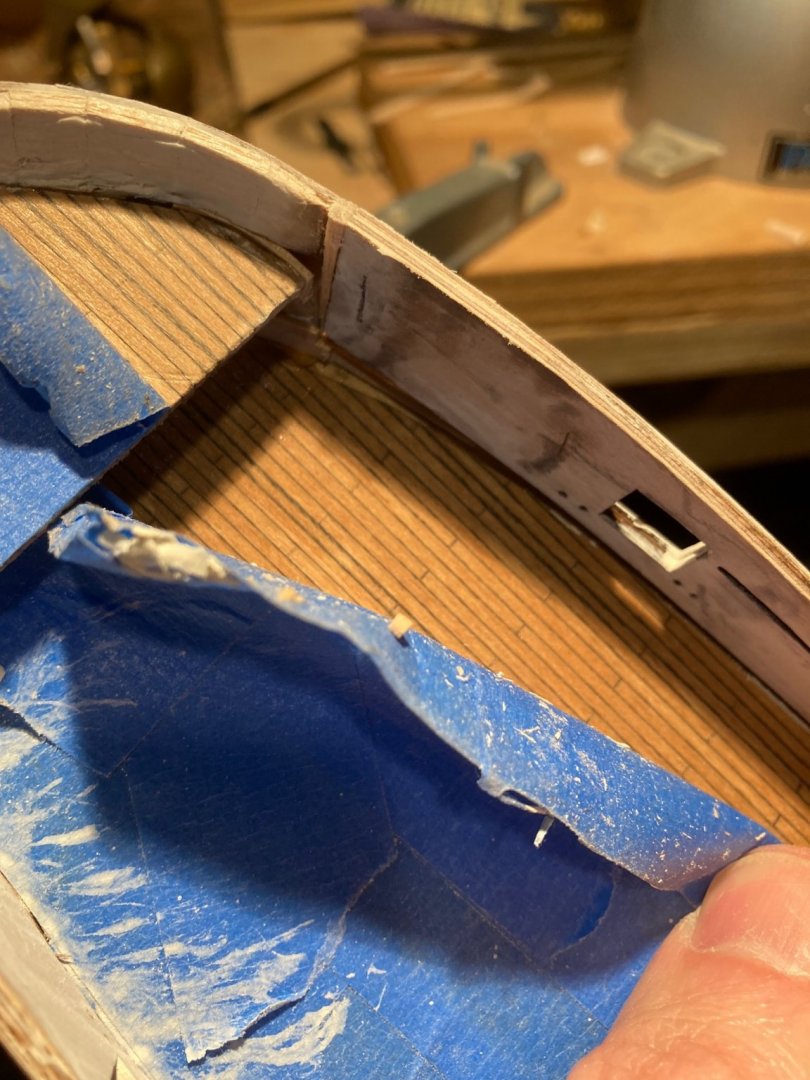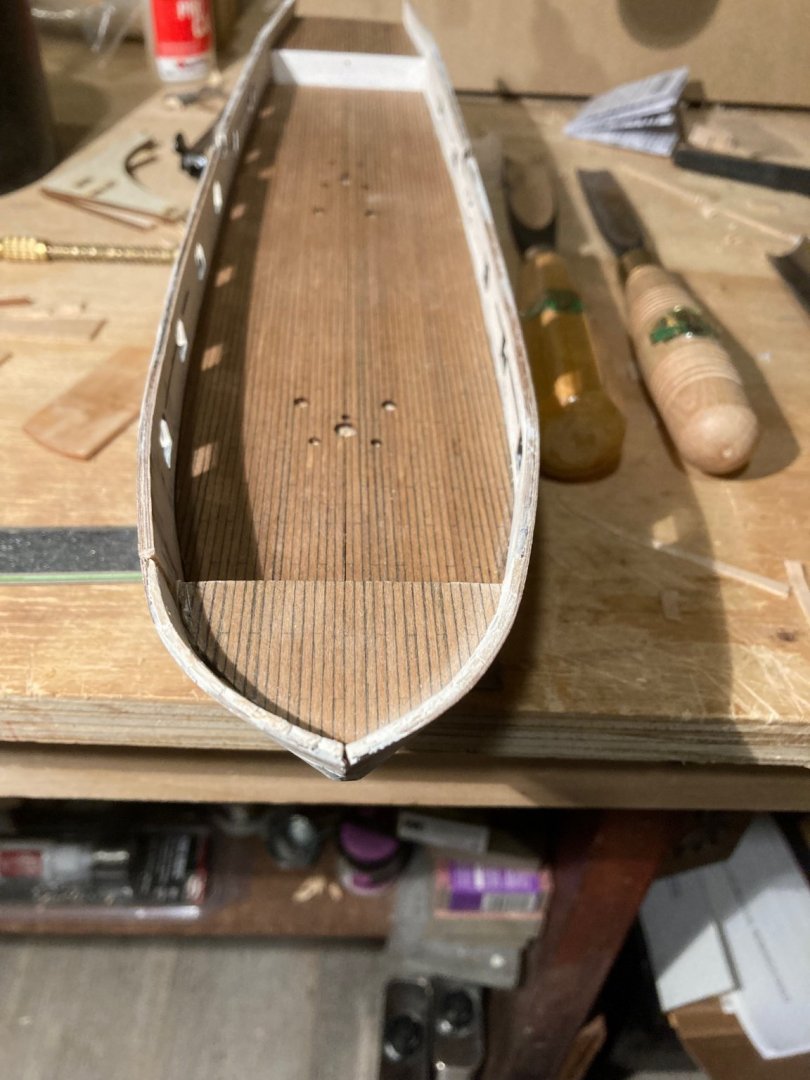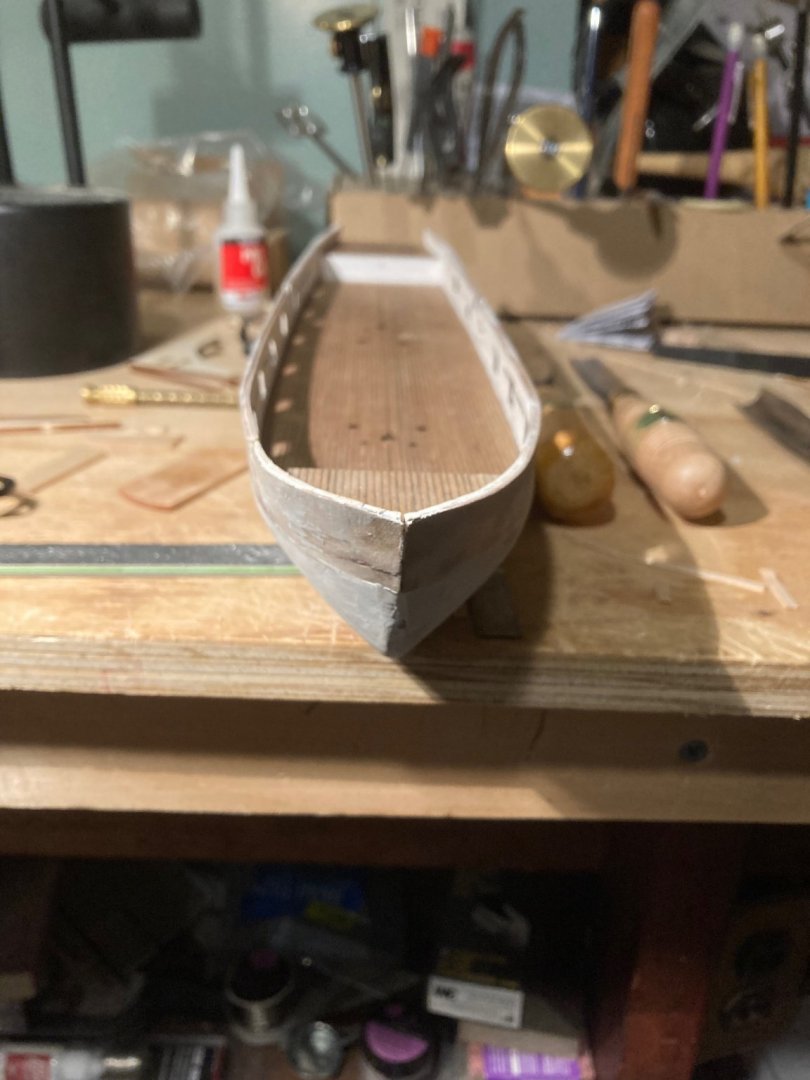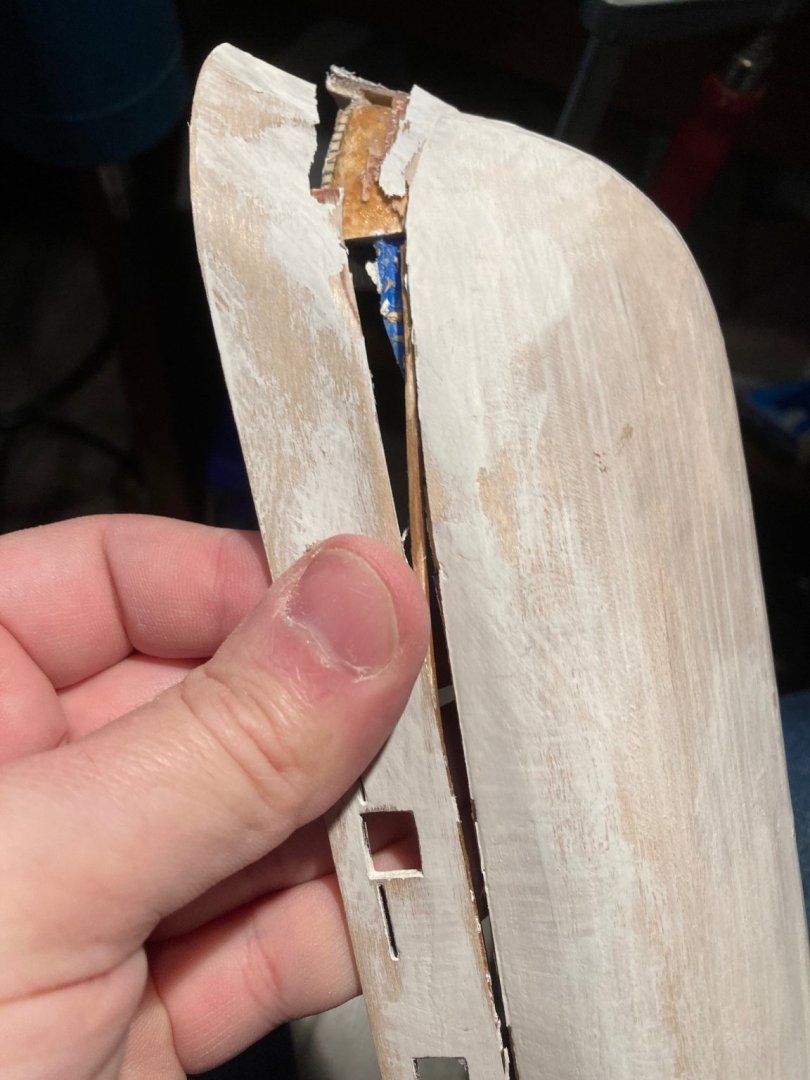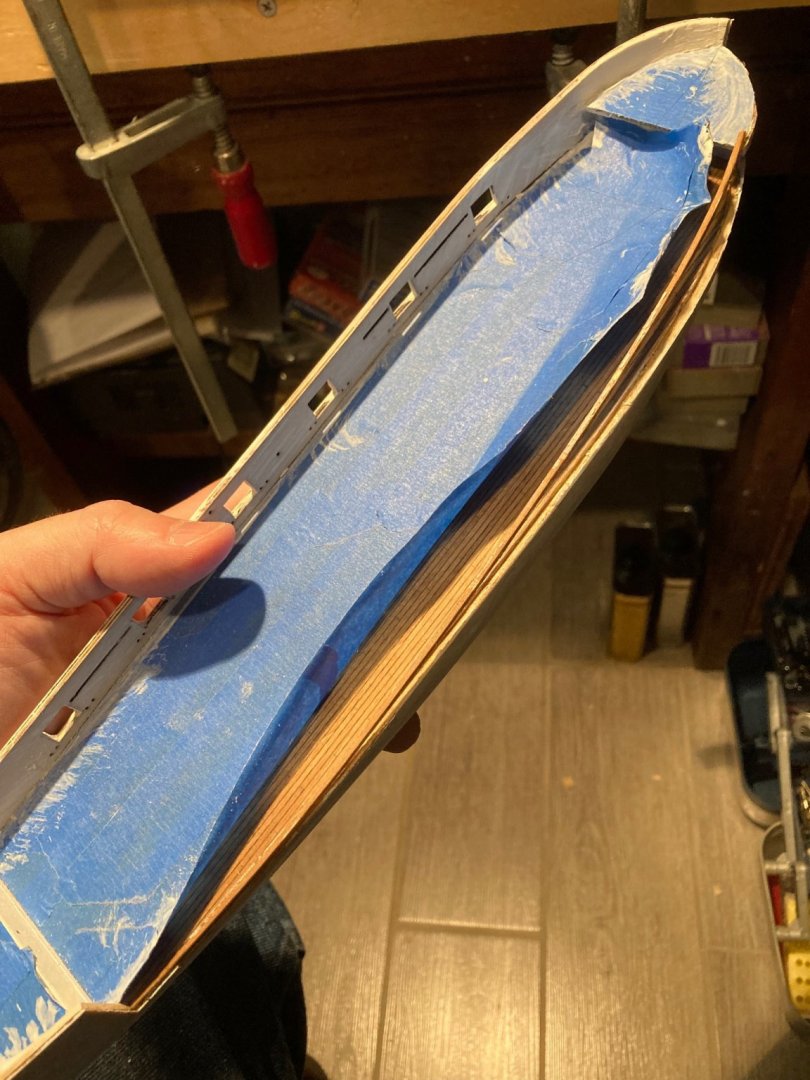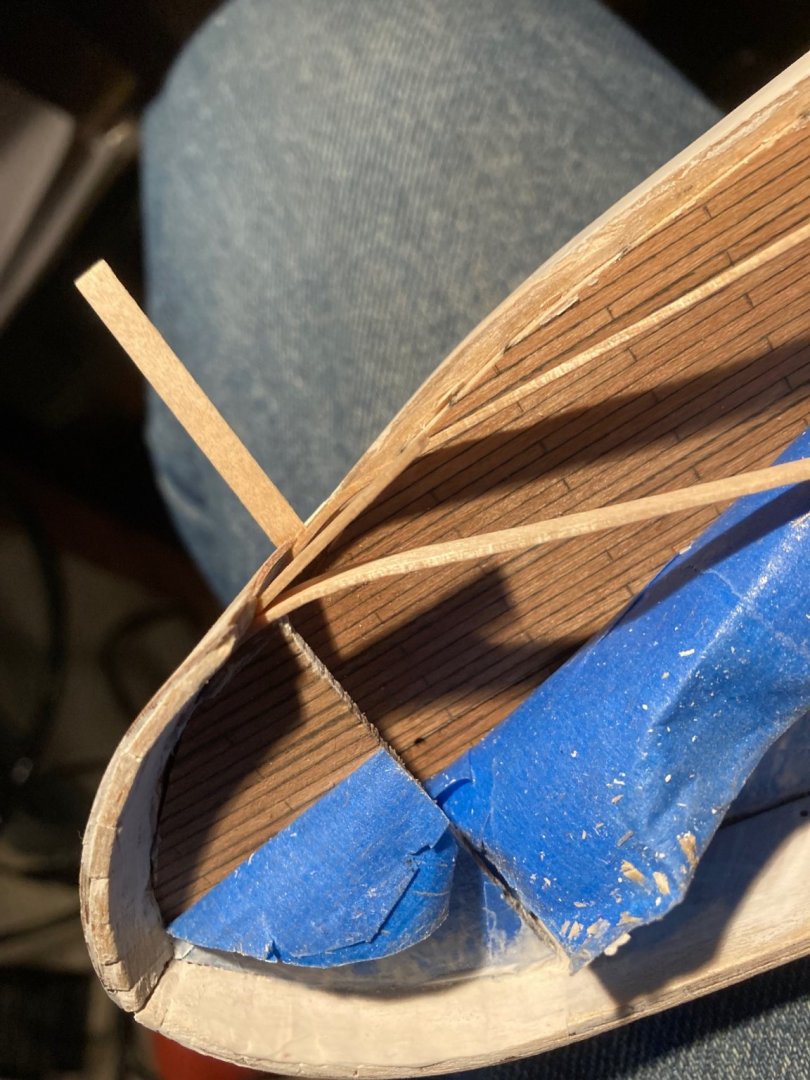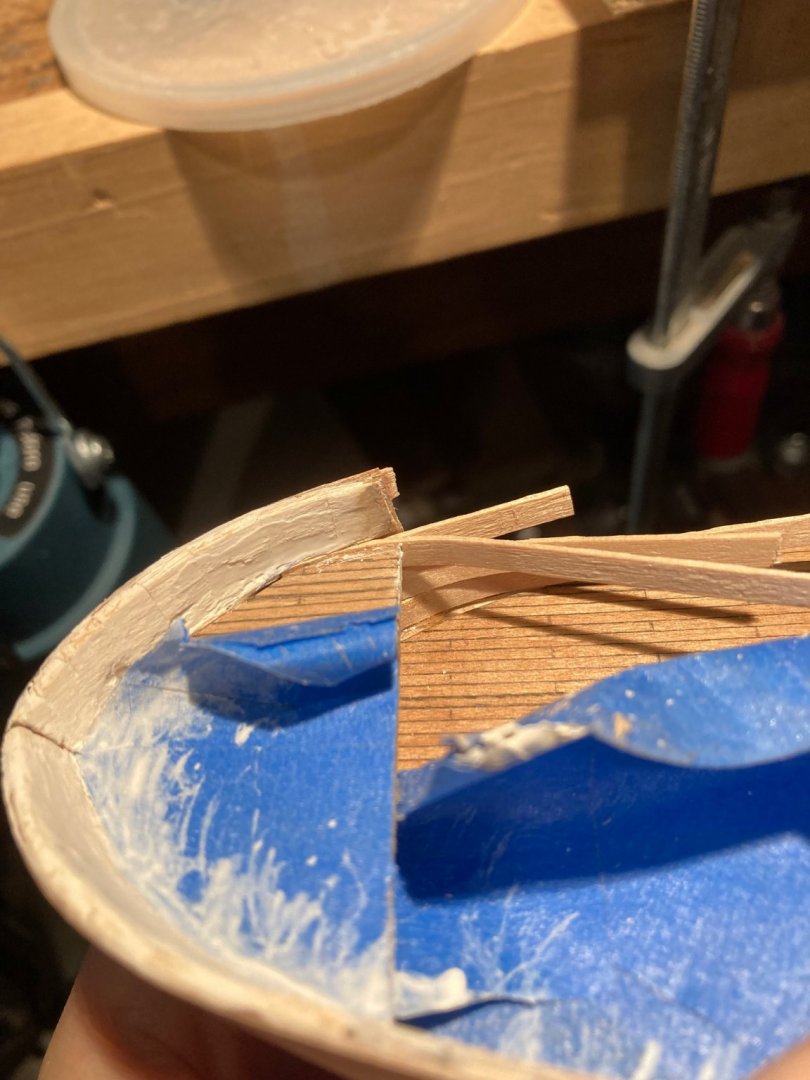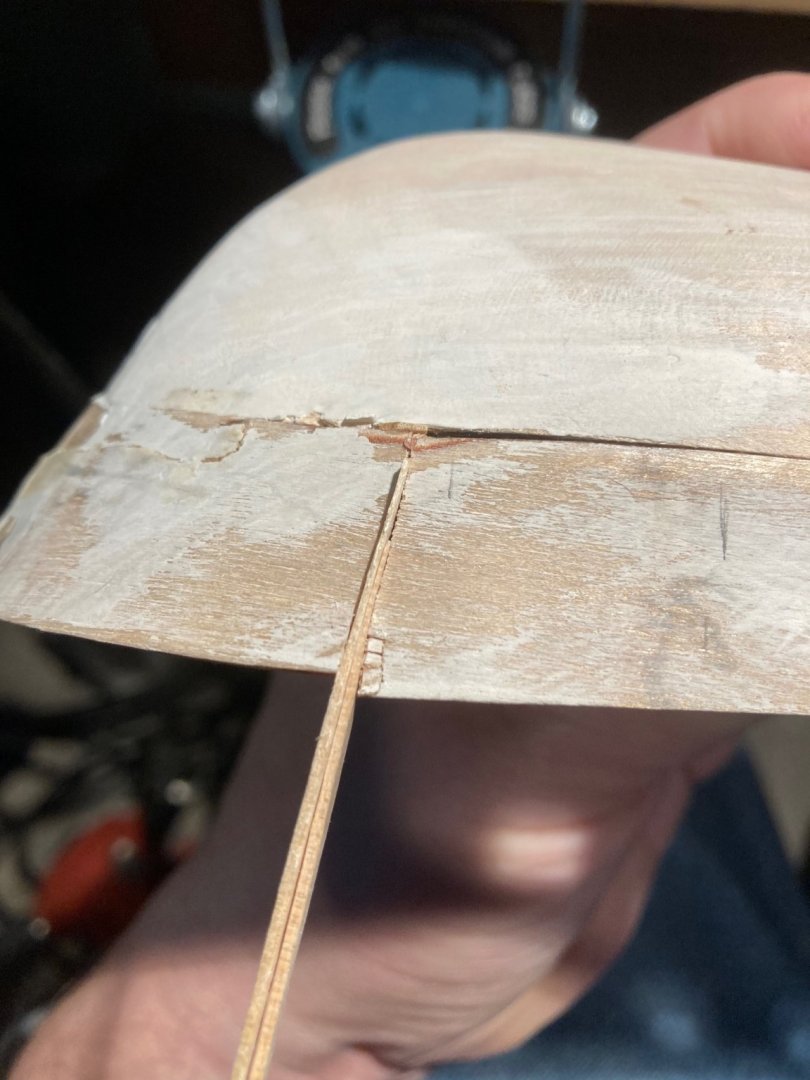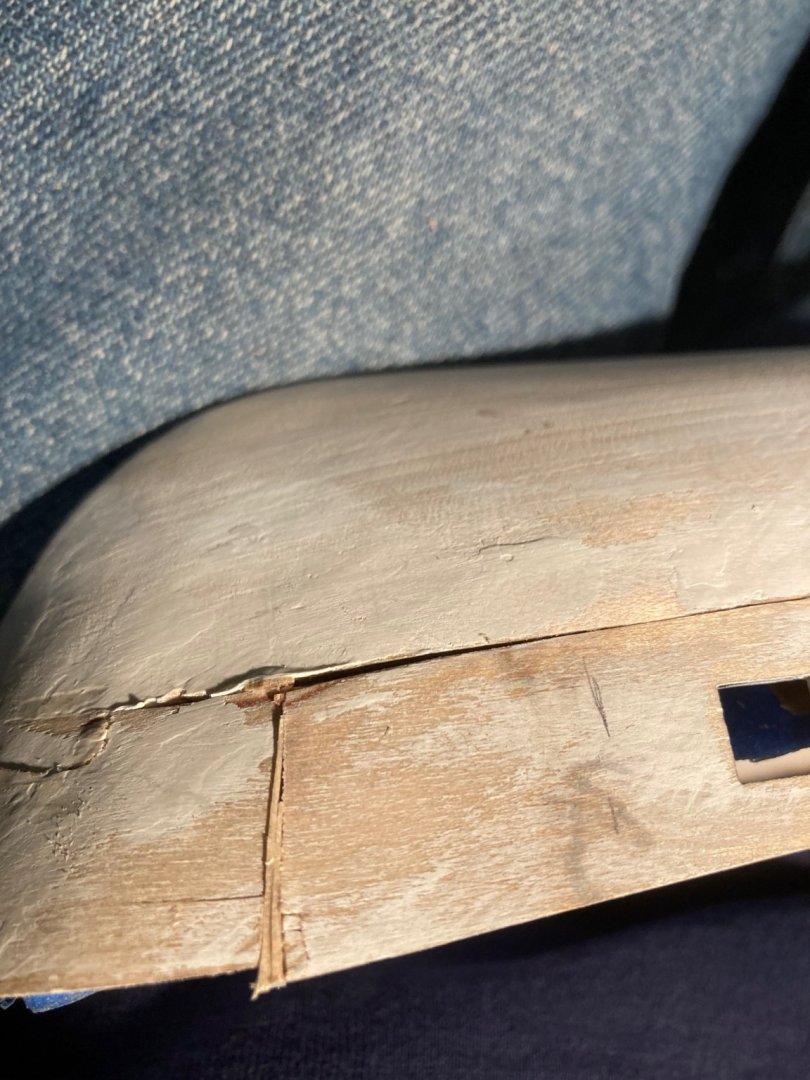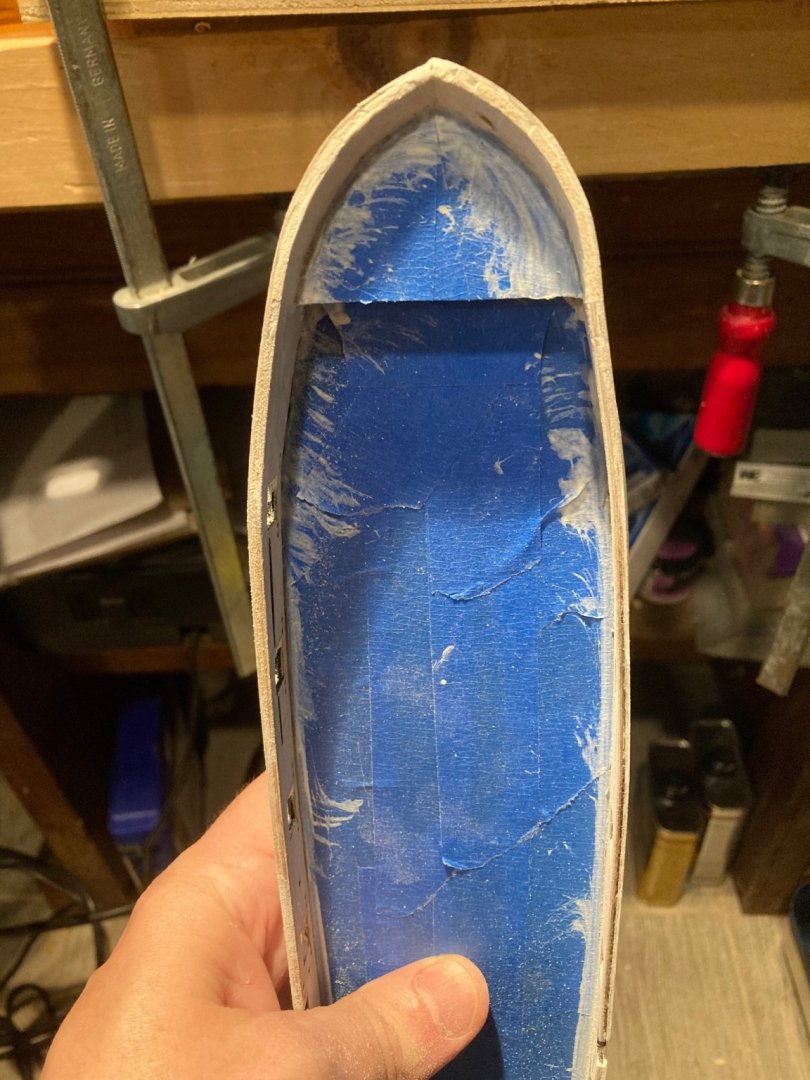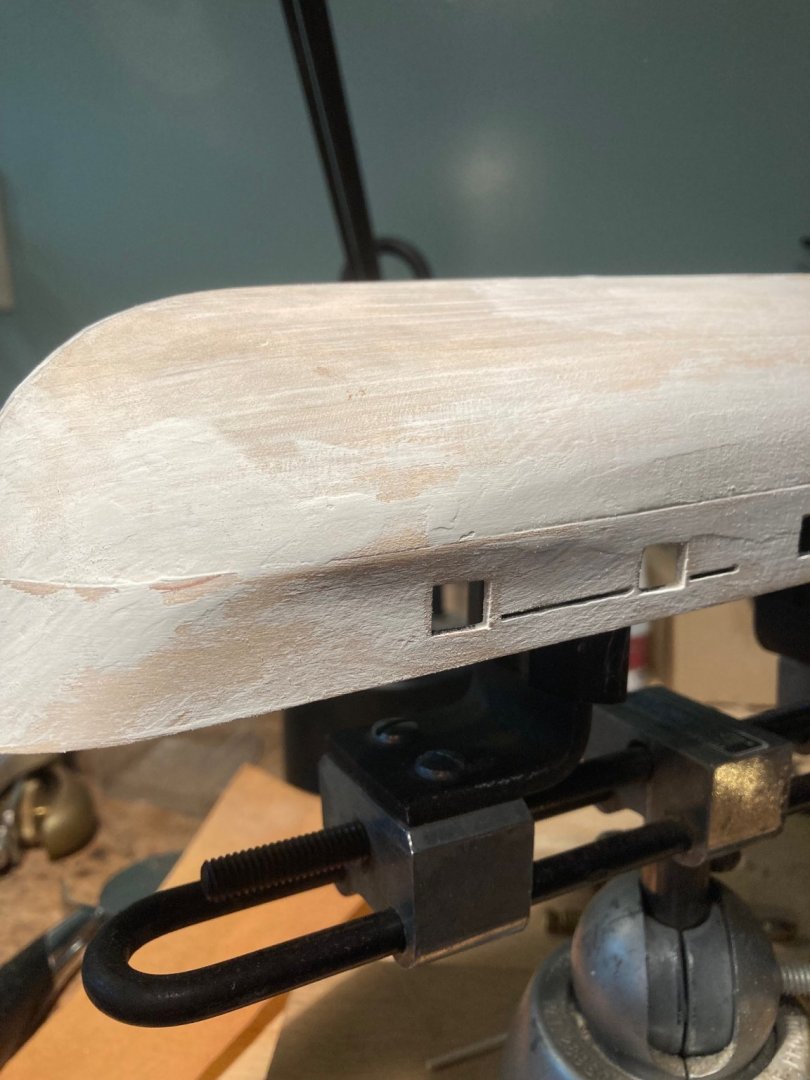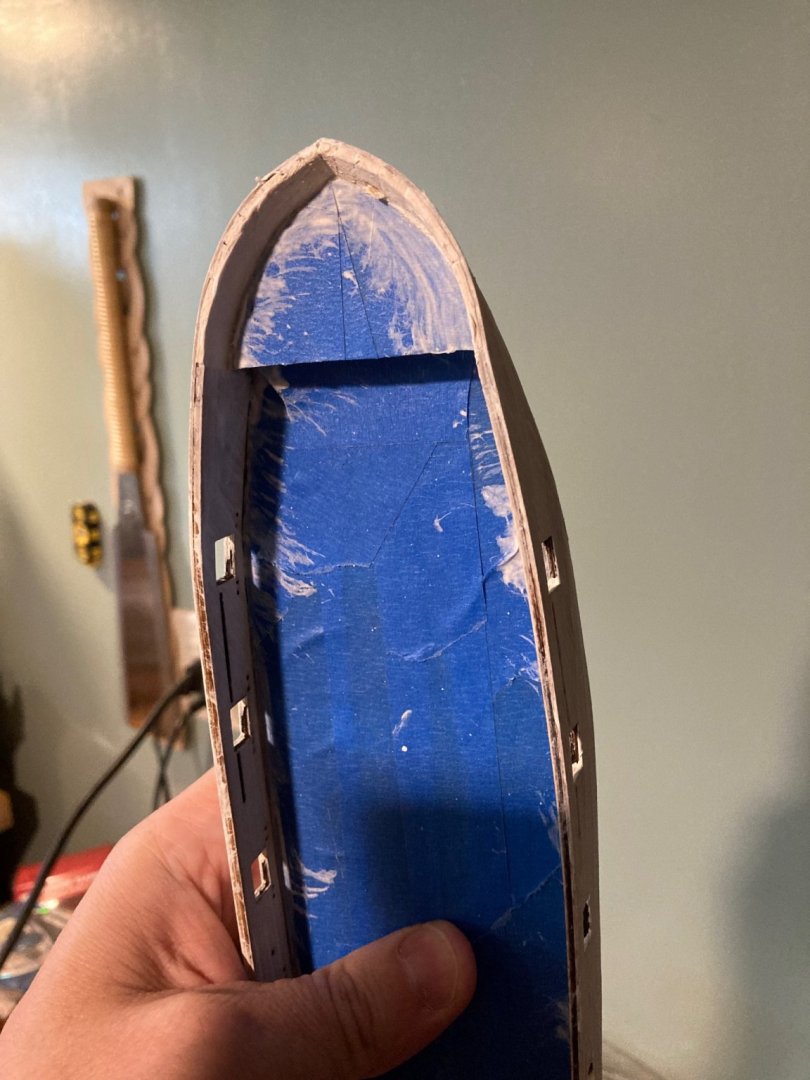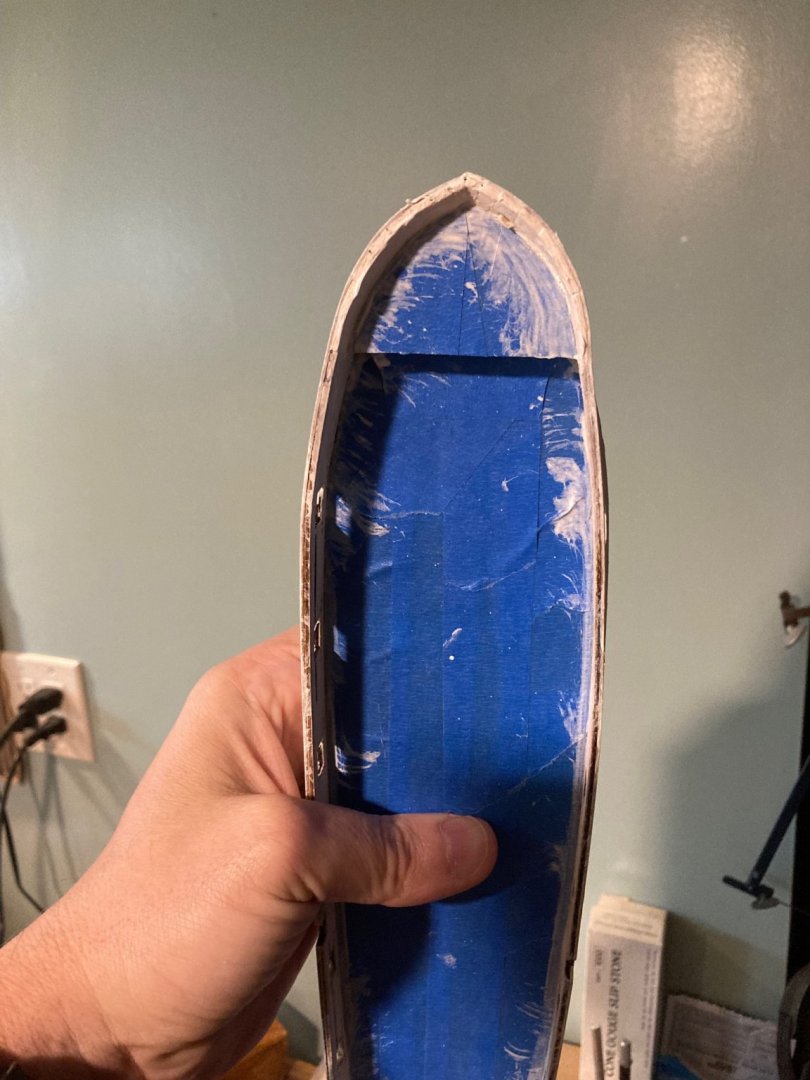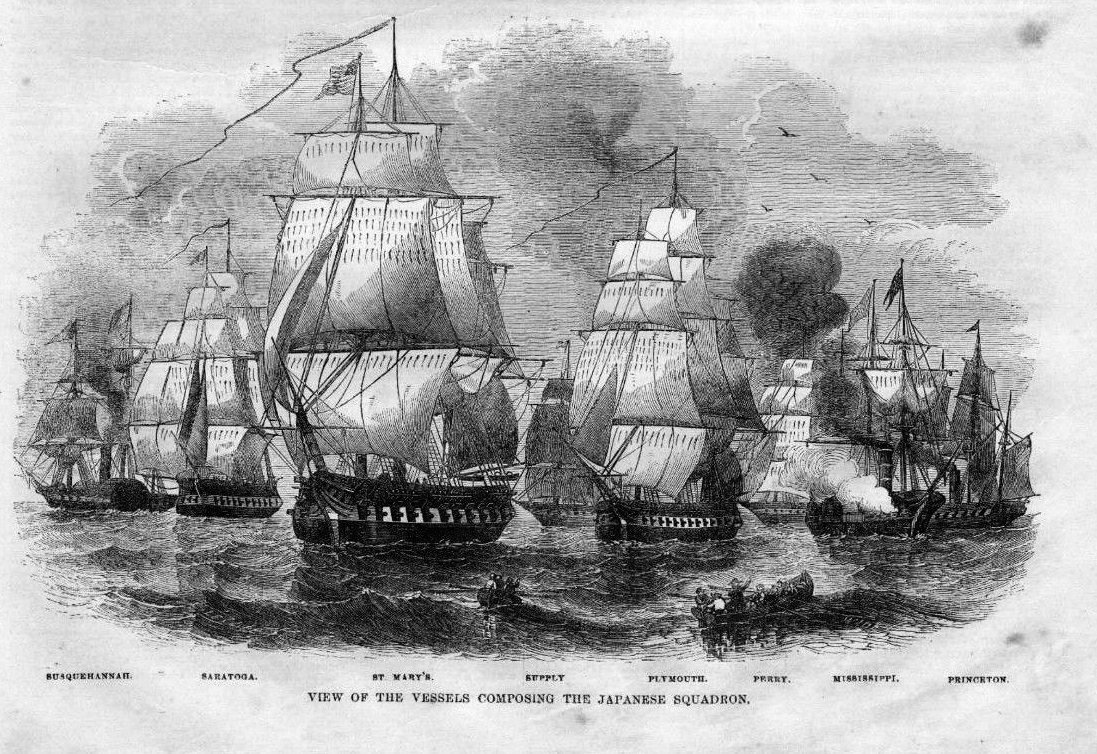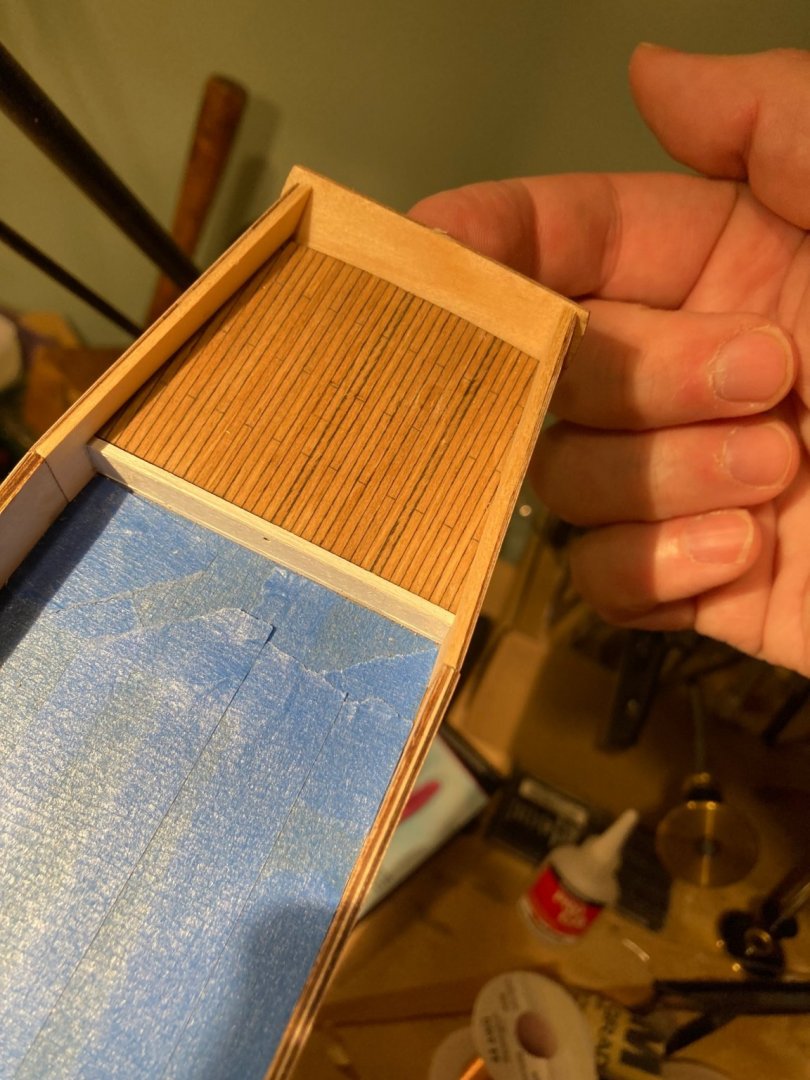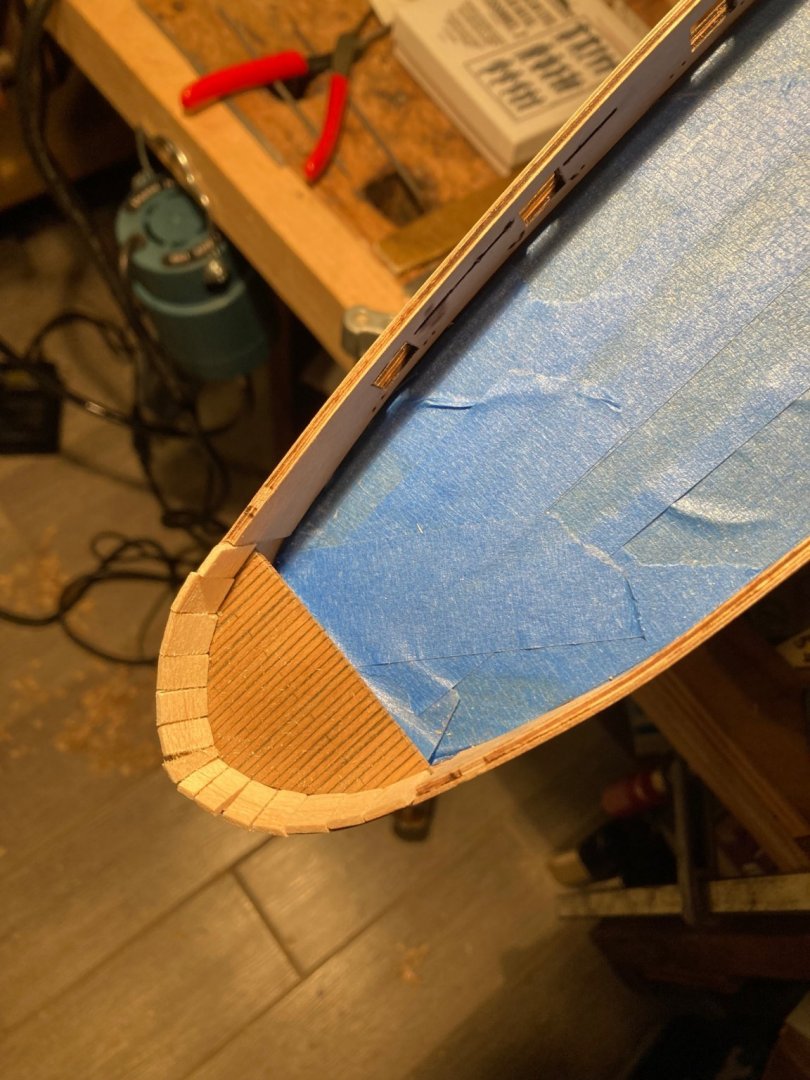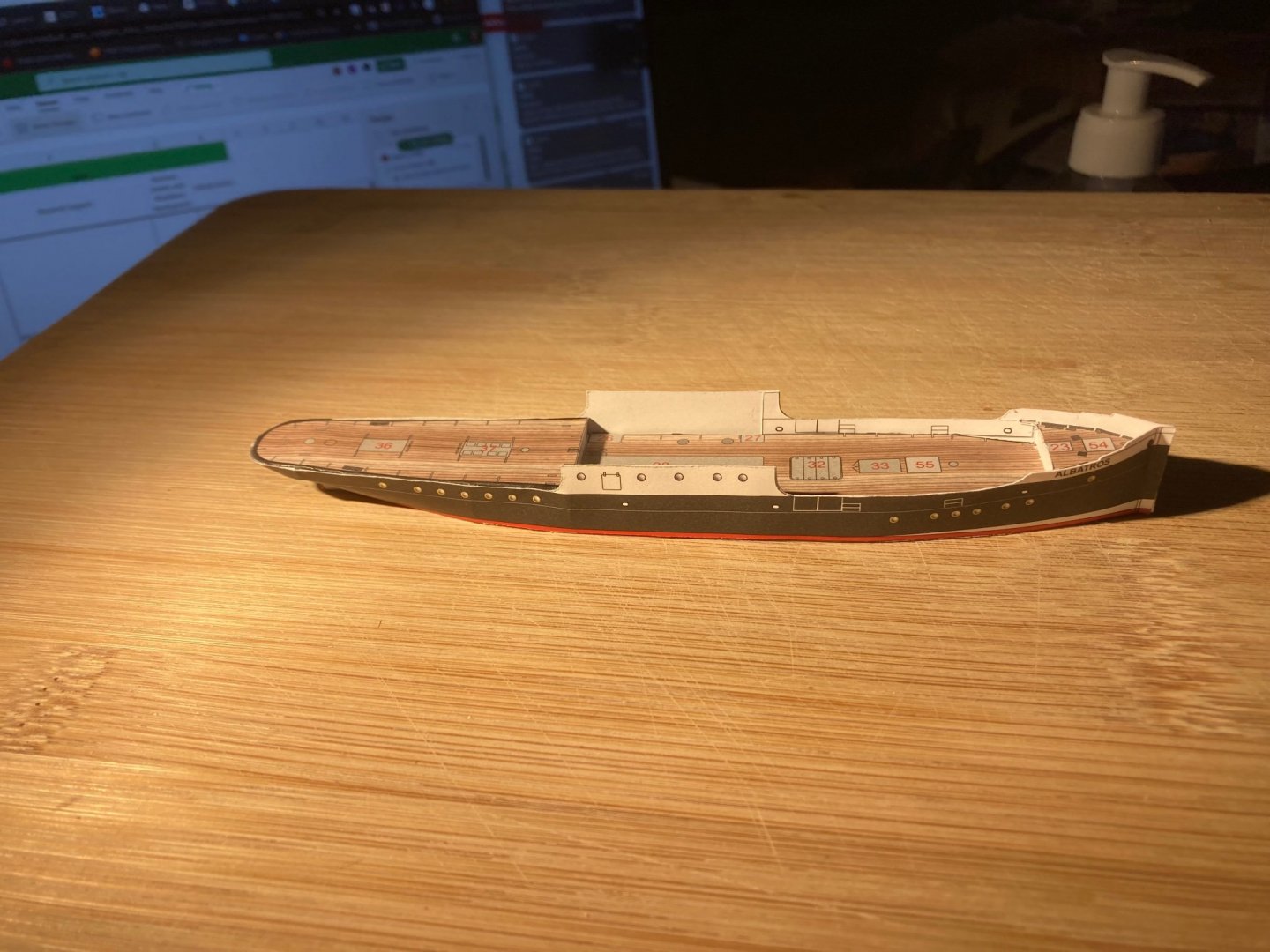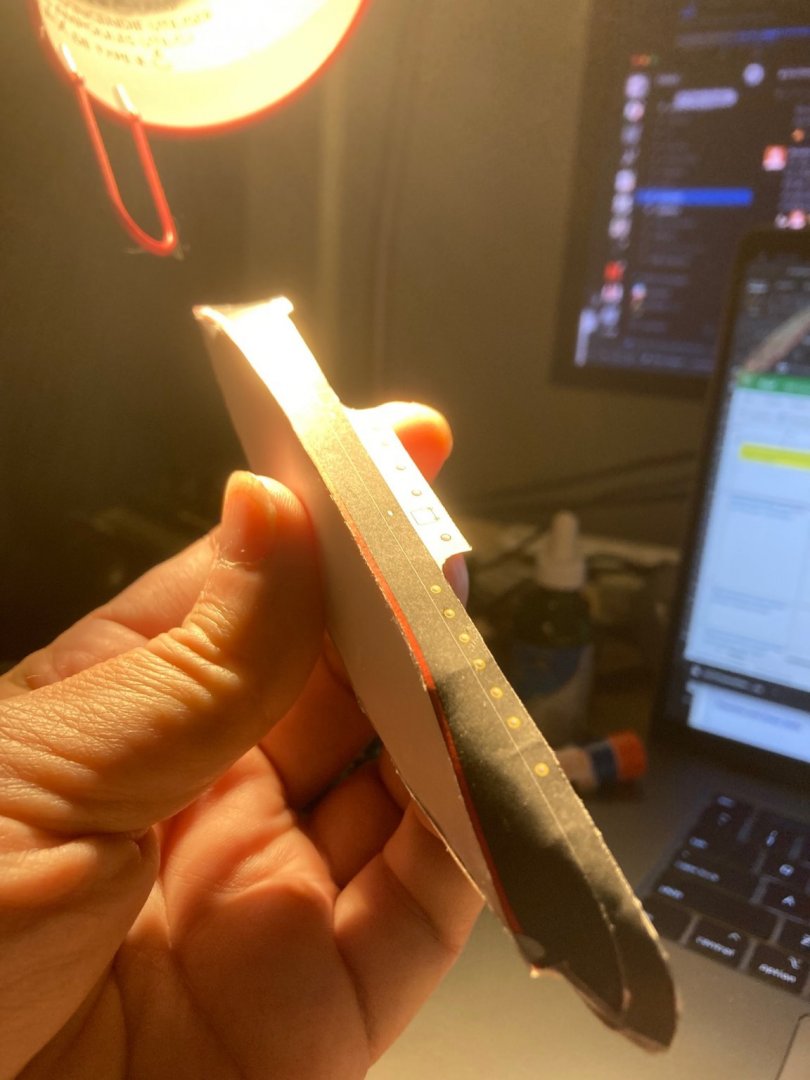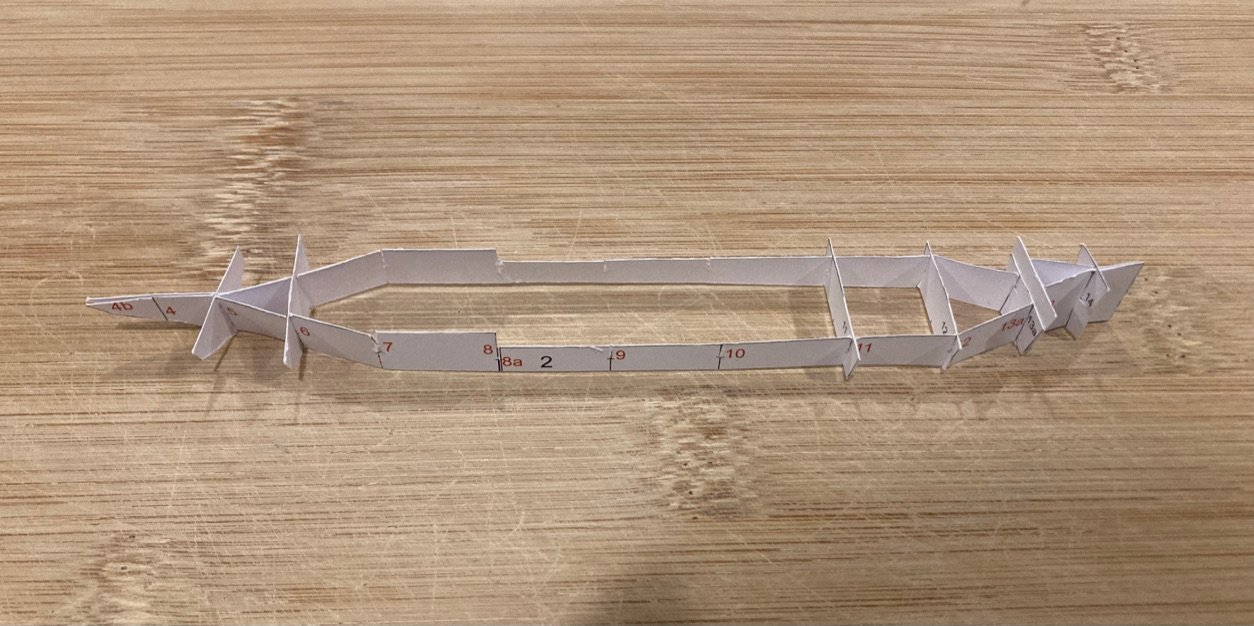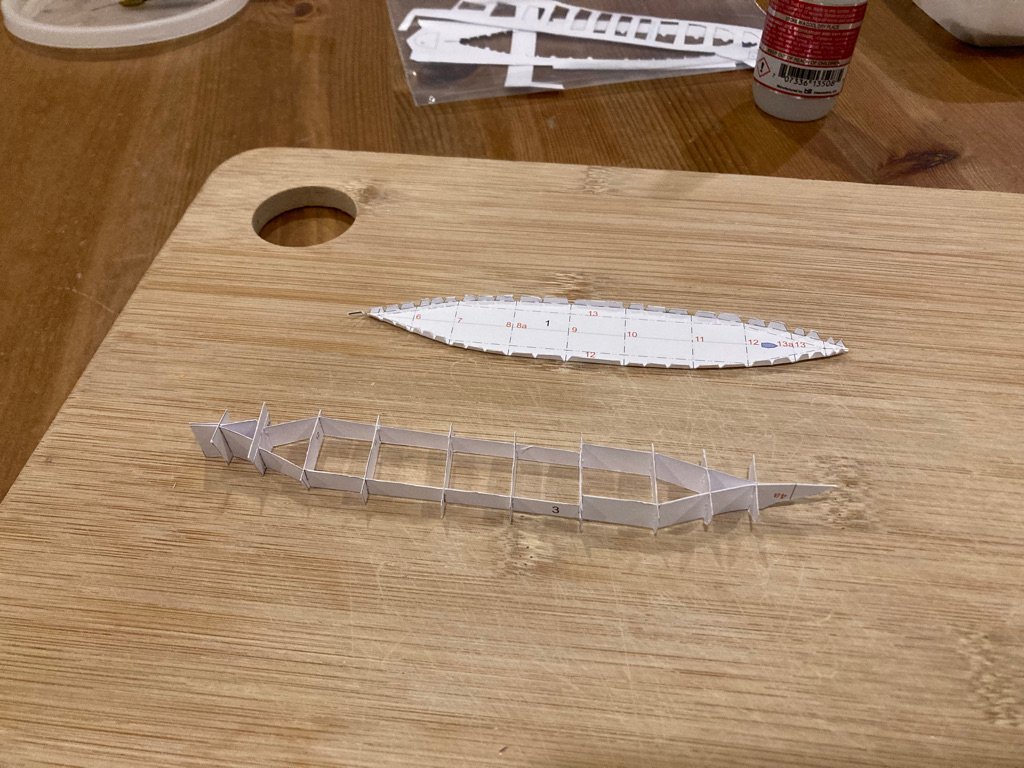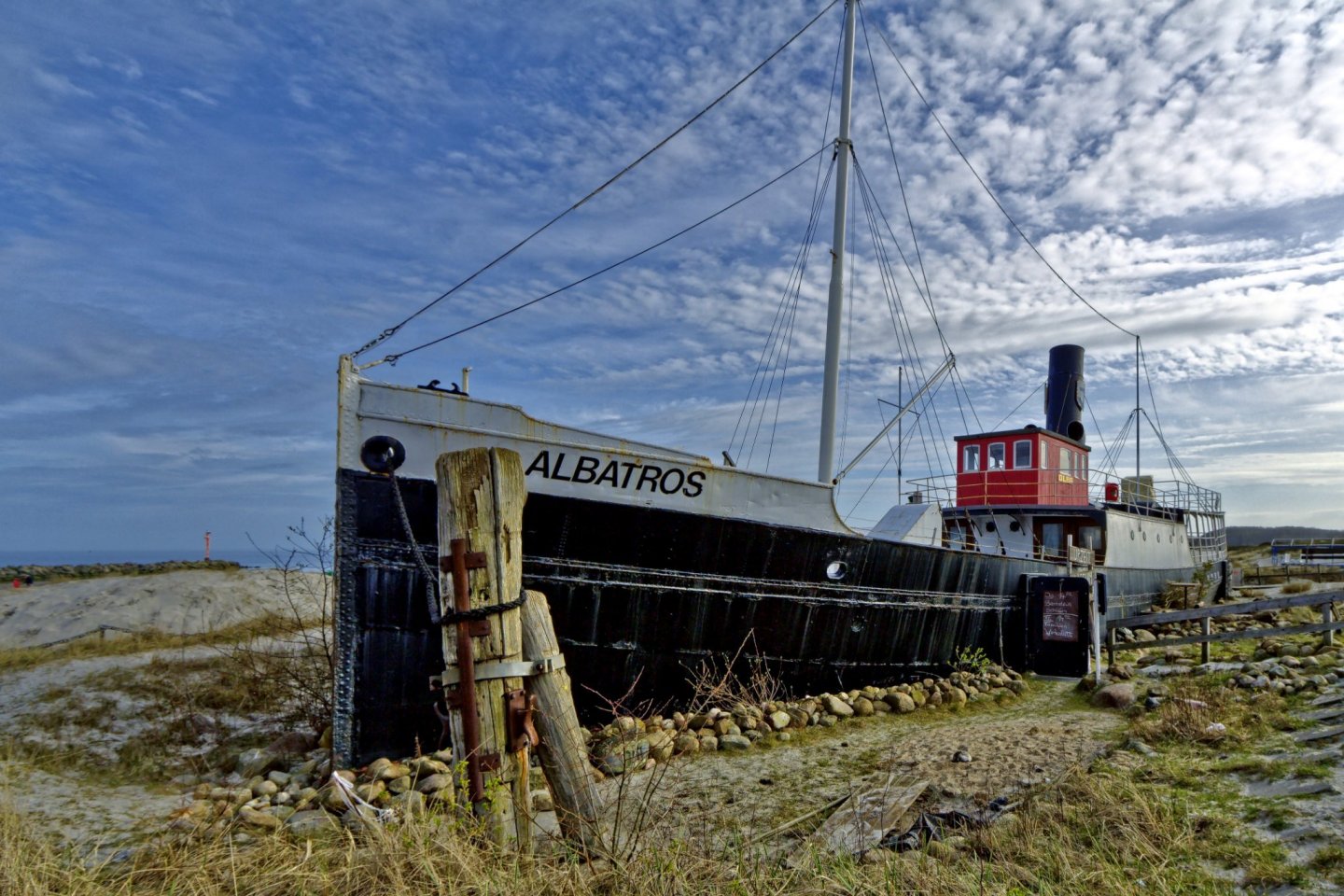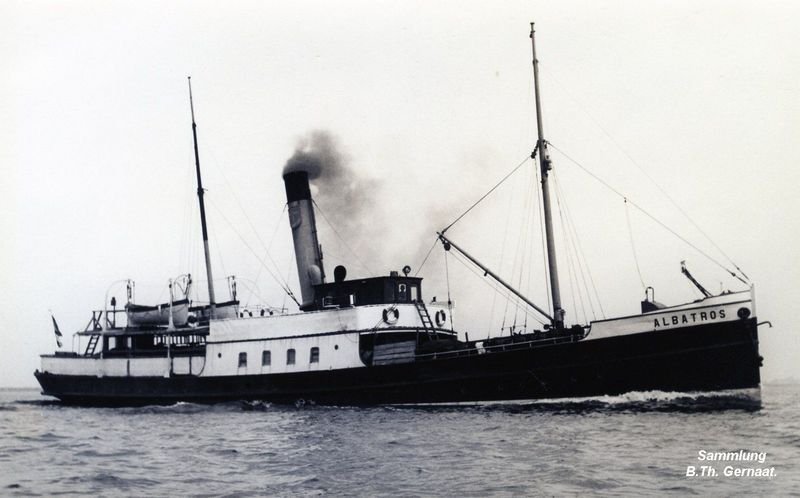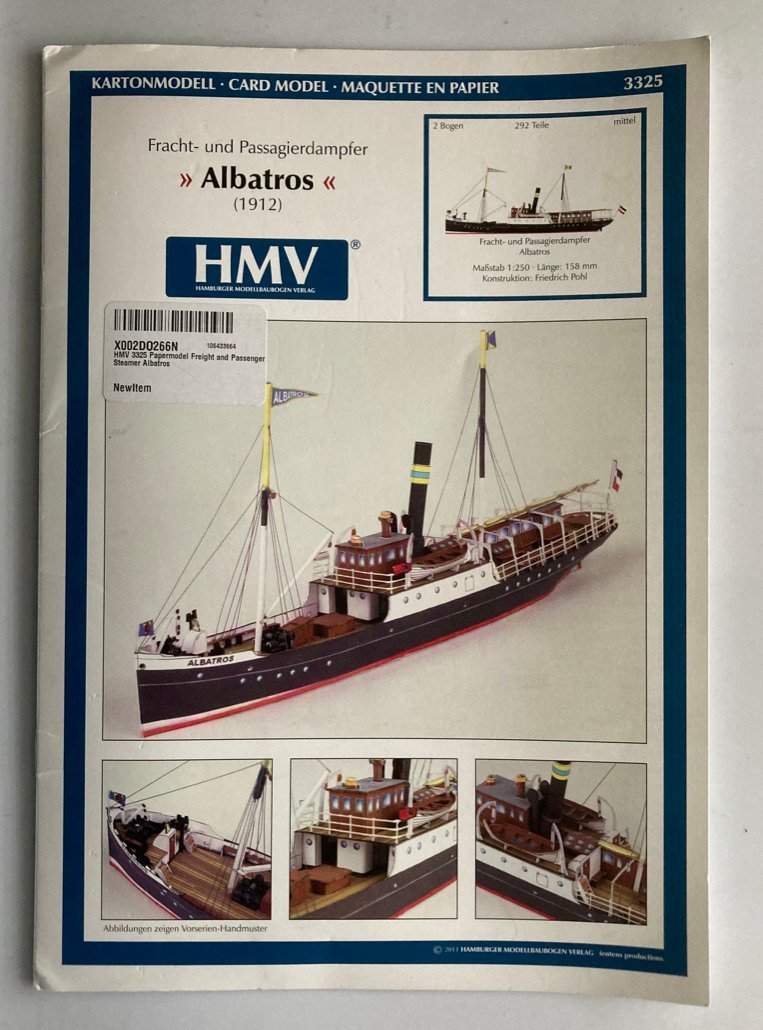-
Posts
986 -
Joined
-
Last visited
Content Type
Profiles
Forums
Gallery
Events
Everything posted by EricWilliamMarshall
-
I’m quite happy with them; fear not! While I’m not up @Landlubber Mike’s standards, I have endeavored to steal some of his wisdom regarding working with the tiniest of the tiny.
-
In woodworking the table saw (the large one) is the most dangerous tool out there. And many of the same problems exist using the smaller cousins. Kickback from misaligned fences and blades, fingers slipping into the blade due to the unexpected and a whole host of other issues due to repetitive work and inattention are just a few of the dangers. I hope as many folks as possible will attend! Keep a pleasant hobby pleasant!
-
<blushing> Don't worry; there is still time for things to run amok! Amen - that is truth! Thanks again to everyone for the kind words! But to mis-quote Robert Frost, I have many miles to go... Keith, I did feel a sense of accomplishment (while the thinking part of my mind was more like: 'Hrumph, you made the mess.').
-
I broke down and ordered the laser cut details (also through Amazon). And had my first encounter with said photo etch! No one got hurt but it took a while before my stairs looked like stairs someone might walk on.
-
There are scars but hopefully they are less noticeable than the original malady! All the supplementary wood were birch coffee stirrers. I feel I got lucky and merely lost some time. Mark, Marc, Bob, Keith, Nic, Stan, and Al - thank you all you insights and timely support! Now to employ the rest of the suggestions! I added some more parts and a coat of gesso with quick sanding.
-
I will also note the book covers some of the economics behind pigments. If that seems odd, think about the cost of covering a ship in gold (or gold leaf) and you will be on the right track. The economics and the timelines for various pigments give the modeler a decoder ring to plausibly infer color recipes and choices for their model. Equally so, he covers binders as well. It is combination of pigment and binder that keep color on a ship or ship model; which age together and give the color we see at any given time. The author leans on German sources more than English language sources. That’s a win for those looking for novel sources to examine. (Sidebar: if this topic is of interest, I recommend the four volumes of Artists' Pigments: A Handbook of Their History and Characteristics.) I will also note the lack of an index and some of the color balance is off in some images but I applaud focus and scope of the work and look forward to another seven or eight volumes!
-
Thanks @VTHokiEE for sharing your thoughts! I have to chew on it it and think a bit. I’ll probably mess with it. Which will lead to series of “wack-a-mole” problems that will cascade. Well, to quote @MrBlueJacket: “Experience is what you get right after you needed it.” I believe I’m about to get some experience.
-
Beautiful photos of your beautiful work! I’m so glad to hear that you and your sister have made progress and may be near the end. That is never easy. I’m sorry to hear the correspondence wasn’t what it could be. Does it seem like that information may generate some new leads? It seems having information about some of the artists and craftsman may lead to something interesting. Be well.
- 2,696 replies
-
- heller
- soleil royal
-
(and 9 more)
Tagged with:
-
Things I need to remind myself of when cutting with x-acto blades: - there is no rush. - the slower the cut, the more accurate the cut. - more light never hurts seeing clearly. - orient the cardboard so the blade is not hiding any part of the piece I wish to cut out. - orient my straight cuts so I’m drawing the blade towards me allowing my elbow move back in a smooth motion. - when cutting long curves, I can move my wrist and my elbow. - hold the blade at a lower angle to the cardboard for straight cuts. - hold the blade at a higher angle relative to the cardboard for curves. - there is nothing wrong with multiple light cuts. - dragging the blade very lightly (so as not to cut anything) across a previous light cut will allow you to find it by feel and drop your blade into the same cut, even if you can’t see it.
-
NRG now sells a complete set of sixty years of back issues on a single CD-ROM. I now have one of these little goldmines. It is as if I can summon the ghost of Horward I. Cappelle to answer my very own questions: "Query No. 163. Details of the brig PERRY, by Major R. G. Saunders. A, Gun ports— were the forward gun ports closed permanently after the removal of the two bow guns. B. Any suggestions for the gigging plan of the PERRY? Can anyone suggest a contem- porary plan of a vessel which may be used for the PERRY?" "Answers to Queries by Howard I. Chapelle, Query No. 163 —10 gun brig PERRY: The plans Major Saunders has are copies of the official Navy plans in the National Ar- chives at Washington as noted on the drawing in The History of the American Sailing Navy. So far as the evidence permits a conclusion, the forward ports were never closed in, though the foremost pair of guns were taken out of the ship. There are no "rigging plans" of USN ships though some sail plans do show some of the rigging. The brig can probably be rigged from NAUTICAL ROUTINE with reasonable accuracy," -Quoted from NRJ of 1951. And then as now, there is never one answer: "The alteration effected in the rig of the PERRY did not take place in l845, but rather in l847...If "Nautical Routine" is used as a rigging guide, the reprint will be found of more value than the original edition of l849 which is without plates. I would prefer Brady's Kedge Anchor, since the sizes of standing, and running rigging, and blocks, etc. may be read directly from the tables." - Thomas Hornsby. Also quoted from NRJ of 1951. In other topics: I have also tracked down what plans the Smithsonian has. 1/4 scale plan of the ships lines drawing by Chappelle and a 3/16 Spar and sail plan also by Chapelle, matching figures 134 & 135 of the History of the American Sailing Navy. Thanks again to @TomShipModel for suggesting that tack.
-
The sides attached with a couple camels lumps. I.e the starved horse problem as master builder @ccoyle calls ‘em. I also tried to use thin plastic to enhance the join at the stern without success. Despite those literal and figurative bumps, the boat looks somewhat boat-ish!
-
@VTHokiEE thanks! Personally, I assume it won’t since this is my first go in a new medium. This will secondary to my Perry build, but it might finish first due to the small size and the ability to work almost any where with a very small set of tools, cleanly. We will see!
-
I have used a #11 Xacto blade and ruler (for long straight cuts) and CA glue (as applied with a needle mounted in a pin vise). So far, so good but I'm part where my errors won't bite me until later!
-
The kit is small - just a few pages of instructions and two sheets of card which will be come the steamer Albatros. There is also photo-etch (also available through Amazon.com). She had a fifty year history that covered two world wars and then became museum twice. I didn't find much info at first since due to the common name but there is more to be had in German. For the curious, the first stop would be the German Wikipedia entry (which lead to the two images below): https://de.wikipedia.org/wiki/Albatros_(Schiff,_1912)
About us
Modelshipworld - Advancing Ship Modeling through Research
SSL Secured
Your security is important for us so this Website is SSL-Secured
NRG Mailing Address
Nautical Research Guild
237 South Lincoln Street
Westmont IL, 60559-1917
Model Ship World ® and the MSW logo are Registered Trademarks, and belong to the Nautical Research Guild (United States Patent and Trademark Office: No. 6,929,264 & No. 6,929,274, registered Dec. 20, 2022)
Helpful Links
About the NRG
If you enjoy building ship models that are historically accurate as well as beautiful, then The Nautical Research Guild (NRG) is just right for you.
The Guild is a non-profit educational organization whose mission is to “Advance Ship Modeling Through Research”. We provide support to our members in their efforts to raise the quality of their model ships.
The Nautical Research Guild has published our world-renowned quarterly magazine, The Nautical Research Journal, since 1955. The pages of the Journal are full of articles by accomplished ship modelers who show you how they create those exquisite details on their models, and by maritime historians who show you the correct details to build. The Journal is available in both print and digital editions. Go to the NRG web site (www.thenrg.org) to download a complimentary digital copy of the Journal. The NRG also publishes plan sets, books and compilations of back issues of the Journal and the former Ships in Scale and Model Ship Builder magazines.


.thumb.jpeg.fc5d633a7b34428fcf19419a73d56d55.jpeg)



